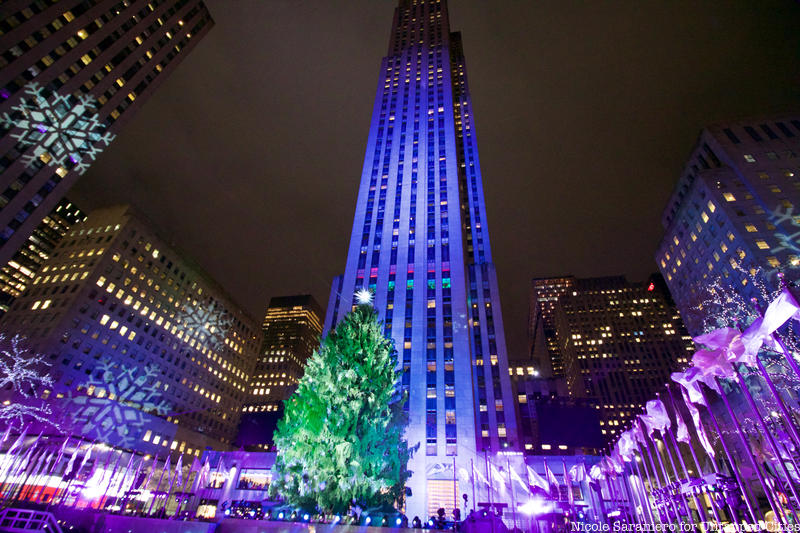
The Rockefeller Center Christmas tree has stood as holiday symbol for over seven decades. Every year, its extravagant decorations and immense size dazzle New Yorkers and visitors alike. This year’s tree, a Norway Spruce from State College, Pennsylvania, is no different: it stands at 75-feet-tall and weighs between 12 tons and 13 tons. After being sawed down on Thursday, it arrived by flatbed truck to the plaza, where it will be decorated and installed in its usual spot (West 48th and 51st Streets and Fifth and Sixth Avenues).
The official lighting of the tree won’t take place until Wednesday, November 29. So in the meantime, we’ve complied a list of fun, quirky facts, shedding light on the most famous Christmas tree in the world.
10. The Rockefeller Center Christmas Tree Lives On After the Holidays
It’s always sad to see the Rockefeller Center Christmas Tree being taken down, but its purpose goes beyond the holidays. The tree was first recycled in 1971, providing roughly 30 bags of mulch that was spread across nature trails around the city. Over the years, it has also provided resources for several projects: in 2005, for example, Habitat for Humanity used the wood to make door frames for houses for the needy, and two years later, the tree was used to build houses in New Orleans for those affected by Hurricane Katrina.
This year’s tree will also be donated (as it has been for 11 consecutive years) to Habitat for Humanity. First, the wood needs to be milled and treated, before it is made into lumber for home building. The tree itself also inspired the book, The Carpenter’s Gift, written by David Rubel and illustrated by Jim LaMarche in collaboration with Habitat for Humanity. Fittingly so, about 15% of the 2012 tree was used to make the paper needed for the book’s production.





